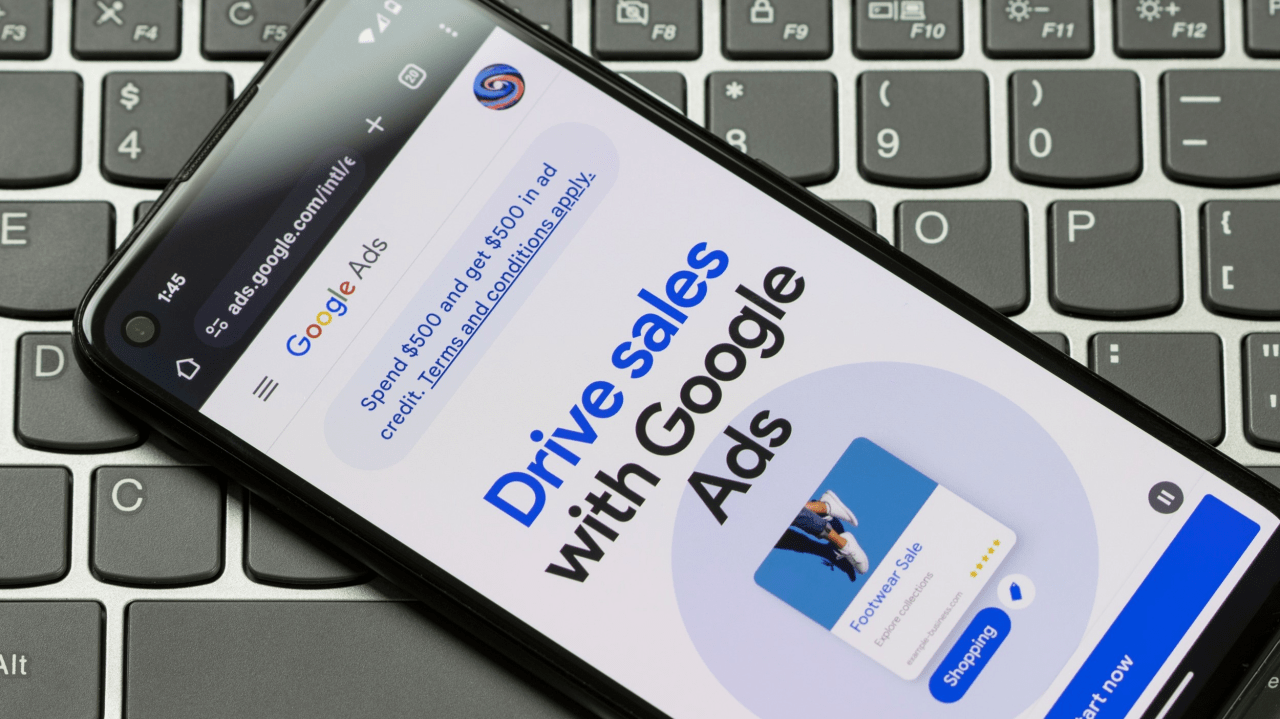News
How to Write A Killer Blog Post: The Basics
Are you looking to join the blogosphere?
Blog posts are a great way to connect with your audience in order to promote your services and products, as well as showing off your industry knowledge. In-fact, marketers who prioritise their blogging efforts are 13 x more likely to see ROI.
But where do you start with blog writing? And how can you make sure that your blog posts are good enough to grab the attention of your target audience?
Whether you’re about to write your first post or need a helping hand to improve your existing content, these basic steps will help you on your way to writing a killer blog post.
Step 1 – A Starting Point
You sit down at your desk. The cursor is blinking at you from your screen. You blink back. Your pulse starts to race. What are you even going to write about?
There’s nothing worse than coming face to face with a blank white page having no idea where to start or what to write about. To push aside your writers-block, do your research.
When you care about a topic, you’re more likely to write a powerful and engaging post. Choose a subject that you’re interested in – whether that be photography, big data, or, like me, writing – and add to the conversation.
Whilst looking round on blogs and websites make sure to ask yourself questions about what you are seeing and reading.
What are people talking about?
What are people not talking about?
Is there anything that still needs answering?
Use your blog post as an opportunity to fill in these gaps and inform your audience.
Step 2 – Get Planning
Once you have done your research you can start planning and fleshing out the points you would like to make.
If you are more of a visual person you could use a mind map. This allows you to use colours, drawings and images to help support your research. These could also be used in your actual post later on down the line if you’re happy with the quality.
I, personally, prefer the use of bulleted lists. This method allows you to build sentences off of each point making the writing process much easier – there is already text on the page which means you don’t have to face the dreaded blank page. You can also tick each point off as you go along. This helps you to keep track of what points you have already made.
Remember, your research and planning doesn’t have to be neat and can be as in-depth as you like. These notes are for your eyes and your eyes only and can be changed at any time.
Step 3 – Hook Them In
Now that you have done your research and fleshed out your main points, it’s time to start writing.
43% of people admit to skimming blog posts so how are you going to get your audience to slow down and actively engage with your content?
You can start by writing a Strong Hook.
Your headline and opening paragraph act as an advertisement for the rest of your post. You need to sell your post in order to keep your audience engaged.
Weak Hook
Example How to write a blog post.
Whilst this Headline is simple and to the point, it isn’t very exciting or enthusiastic. You have to use your writing to persuade your audience to click on your article.
Strong Hook
Example 10 top tips to help you write the perfect blog post.
With this hook you are promising results and will be much more effective.
Have you also considered how long your piece will be?
If you write for too long your audience will either nod off or keep on scrolling. On average, a blog post should be between 300 – 600 words. Short and sweet.
Some search engines prefer a blog post to have around 1000 words as a longer piece of writing will allow for more SEO words. It’s up to you what length you prefer as it depends on what you want to achieve with your post.
Step 4 – It’s all about you.
Not you, the writer, but you, the reader.
Whilst talking about your own experience and knowledge can be interesting, you need to engage and include your audience; it’s them you are trying to engage after all. This is particularly relevant for ‘how to’ and ‘tip’ posts.
The easiest way to engage your audience is to use the words ‘you’ and ‘your’.
It directly addresses the person reading your post and draws them in – it’s you I want to talk to, it’s you I want to help.
Step 5 – Be you
Your voice is unique to you so use it!
Readers will know if you’re trying too hard; using long, complicated sentences or in an attempt to make yourself sound more professional or intelligent will only turn them away. Don’t be scared to use your own words, antidotes and voice. Your readers will appreciate the honesty and you will find that your vocabulary will start to grow as you continue to read and write.
Step 6 – Get Visual
Imagine you’re looking for an article on writing. You’re scrolling through your search engine, desperate to find an answer when suddenly, there it is – the blog post you’ve been looking for. You click the link and your faced with this:
For a reader, coming face-to-face with a wall of text is both intimidating and frustrating which may cause them to switch off or turn away.
To break up text and make your post more visually engaging you can use images.
Not only will this make your blog post more exciting, but it will also give you the opportunity to provide examples and additional information alongside your text.
If you decided to use images you need to make sure that they are high quality (in focus with good lighting and editing) and are relevant to the text and subject of your blog post.
It is also important that you only use your own images. If in doubt, you can search for royalty free images on any search engine.
Step 7 – The Layout
Quickly scroll this blog post as a whole and look at the formatting. You will notice that, throughout this post, I have used Headings, Subheadings, Bulleted Lists, Short Paragraphs and Bold Text.
These formatting tools are yet another way to break up massive blocks of text. By formatting your blog post you will make your content both easier to read and to understand for your reader.
- Headings and Subheadings help to summarise topics within your post and guide the readers eye down the page. They are also handy for SEO as they allow you to squeeze more of your key words in.
- Short paragraphs help to break up the text further and are easier to read.
- Bulleted Lists present information in a clear and concise way. It is far more inviting than a huge block of text to a reader.
- Bold Text helps to highlight important bits of text, including key phrases and words.
These formatting tricks are incredibly handy if your post contains a lot of information, facts or tips.
Step 8 – Your Call to Action
It’s time to wrap up your killer blog post to help encourage engagement and sharing on local social platforms.
But how do you go about creating your perfect ending? Here are just a few examples.
- End with a summary paragraph. A summary paragraph is a very traditional method in blog writing and allows you to close up any loose ends.
- Encourage comments. If your blog or website has a comment section, make the most of it! By asking for a response you allow your readers to have their say, helping to build your online community.
- Promote a product. Don’t be shy when it comes to promoting your product. Make sure to remind your audience where they can access it and how it will benefit them.
- Ask your audience to share. If you’ve created a well written and informative post, people will be more than happy to share your content. Don’t be afraid to ask!
- Asking your audience to subscribe. If your reader reaches the end of your article it’s highly likely they enjoyed your content. Ask them to connect with you, either on social media or by subscribing to your blog or channel, so that they know when there will be new content for them to enjoy.
- Simply end at the natural ending point. If your writing style or post subject doesn’t suit the wrap-ups and frills of these examples, simply end when you’re finished for a clean and simple approach.
As you can see, there is no limit when it comes to ending a post. You could even push your call to action further and combine a couple of these examples. Give it a go and see what you can come up with.
Step 9– Time to Polish
Congratulations, you’ve now finished your first killer blog post. However, the fun doesn’t stop here. It’s time to edit.
The first step will be to go through your text and make sure that there is no spelling, grammatical or punctuation errors in your post.
Next, does your piece read well? A good way of determining this is to read your writing out loud. You will stumble over any words and sentences that don’t make sense. Any remaining spelling or grammatical errors will also pop up.
Is there anything that you could take out of your blog post? Any rambling or irrelevant sentences or words should be cut out, allowing the piece to flow and breathe.
Similarly, is there anything that you could add? If you feel there is anything you could elaborate on or if your piece isn’t long enough, now would be a good time to add any additional text.
Finally, if you’re feeling brave enough, get someone else to read your writing. A fresh pair of eyes will pick up any mistakes that you might have missed.
Step 10 – Post It
You’ve done your research, planned your content, written and polished your post. What now? There’s only one thing left to-do. It’s time to publish your article.
This is perhaps the hardest and scariest part of the whole process but your content won’t be able to benefit anyone if you keep it to yourself in some forgotten folder. There’s nothing more thrilling than releasing your work and being able to interact and engage with your audience. Building a strong and positive online community is half the fun of writing blog posts.
No post is ever perfect and at some point, you will have to stop tweaking. But if you follow these steps you’re guaranteed to have the basic skills and format needed to create high quality and informative content.
So, good luck and get writing!





The Ultimate Social Media Guide
With the ever-growing power of social media, we use the latest techniques, video, and animation software to craft eye-catching social media assets that make your brand pop. Our designers, wielding Adobe Creative tools, create distinctive animations and graphics to illuminate your brand story and highlight your products or services. Want a unique design? No problem – we also offer bespoke designs to match your brand aesthetic.